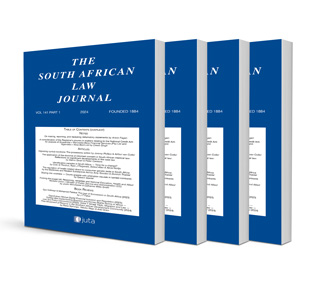Evidentiary and procedural issues relating to the Prevention of Organised Crime Act

Evidentiary and procedural issues relating to the Prevention of Organised Crime Act
Author D C van der Linde
ISSN: 1996-2177
Affiliations: Senior Lecturer, North-West University
Source: South African Law Journal, Volume 137 Issue 3, p. 501-527
Abstract
This article evaluates the evidentiary and procedural issues brought about by the Prevention of Organised Crime Act 121 of 1998 (‘POCA’). The promulgation of POCA has brought about several deviations from established evidentiary and procedural rules that have been developed to protect the accused from an unfair trial by disregarding specific categories of potentially prejudicial evidence. The rationale for deviating from these established principles is to assist in the fight against organised crime by alleviating the state’s evidentiary burden by allowing for similar-fact evidence, evidence of prior convictions, and hearsay evidence. The reasons underlying these rules will be considered to establish whether POCA invades these protections against prejudicial evidence and, if so, whether this is constitutionally justifiable or, if not, what remedial steps could be taken. In addition to the aforementioned procedural and evidentiary issues, certain textual anomalies regarding POCA will also be considered.